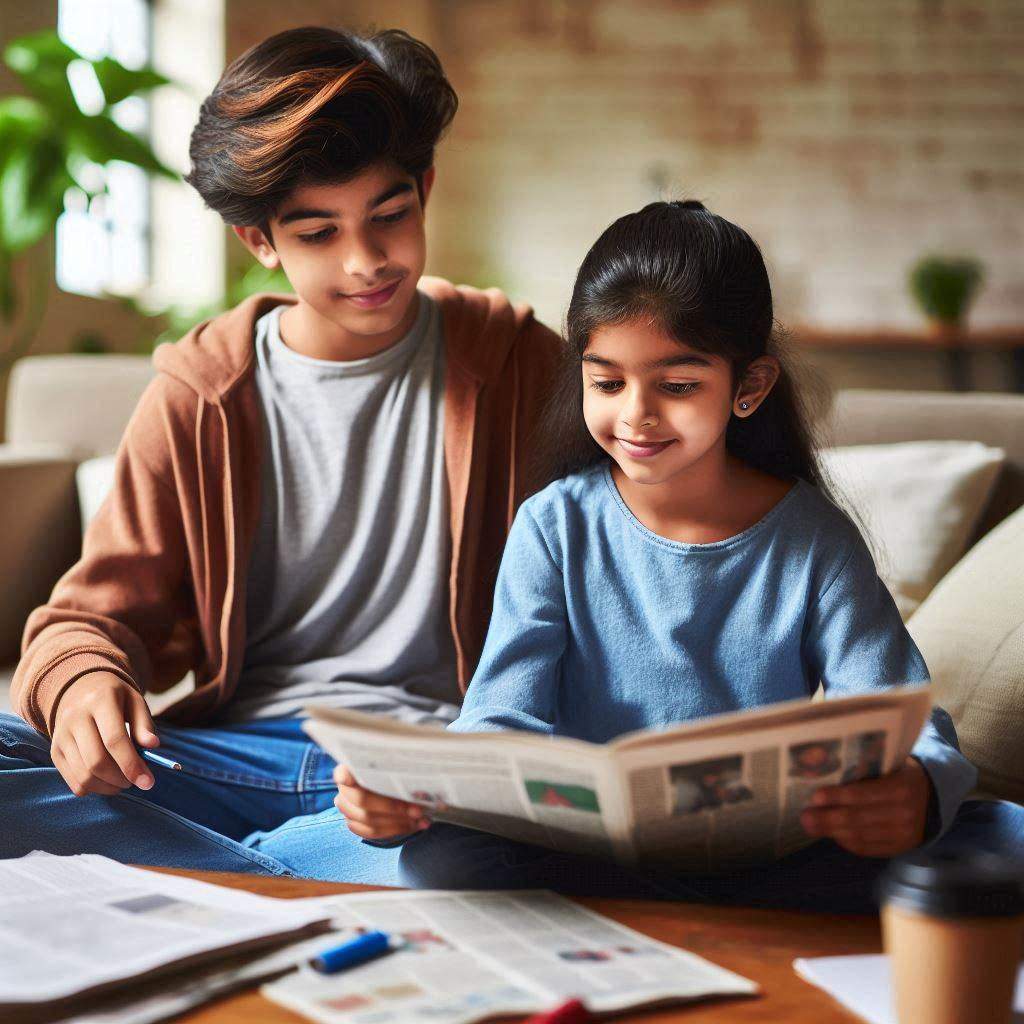Imagine this: farmers in Bengal grow tons of potatoes, but instead of selling them to neighboring states like Odisha and Jharkhand, trucks full of potatoes are stopped at the border. Why? Because the Bengal government doesn’t want its potatoes to leave the state. They’re worried that potato prices are going up locally and want to keep all the aloo for Bengal.
But this causes problems. In Odisha and Jharkhand, where people love their aloo bharta and chokha, potato prices are shooting up. A kilo of potatoes now costs ₹40 in Jharkhand! Some leaders in Odisha are even warning Bengal, saying, “Remember, Bengal depends on us for fish and other things!”
Stopping potato trade like this hurts everyone. Farmers lose out because they can’t sell to a bigger market, and potatoes rot in trucks instead of being eaten. Shoppers in other states have to pay higher prices. And the whole country loses out because trade makes things better for everyone.
This isn’t just about potatoes. In Karnataka, people protested when Amul (a big dairy company) wanted to sell its milk and butter in the state. Instead of letting consumers decide what to buy, it became a big political issue. States also fight over river water, like Punjab and Haryana with the SYL canal or Tamil Nadu and Karnataka over the Kaveri river.
Even jobs aren’t safe from these fights. States like Karnataka and Haryana have tried to reserve private jobs for local people only. But businesses protested, saying this isn’t fair, and courts stepped in to stop it.
All of this is bad for India’s growth. To become a stronger country, we need free trade across states—whether it’s potatoes, onions, apples, or people. The Constitution even says trade and commerce across India should be free. Just like GST got rid of old highway checkpoints for goods, we need fewer barriers between states.
Instead of stopping potatoes from leaving Bengal, wouldn’t it be smarter to buy more potatoes from other places to solve the problem? After all, when states work together, everyone wins.
Disclaimer
Views expressed above are the author’s own.
END OF ARTICLE

